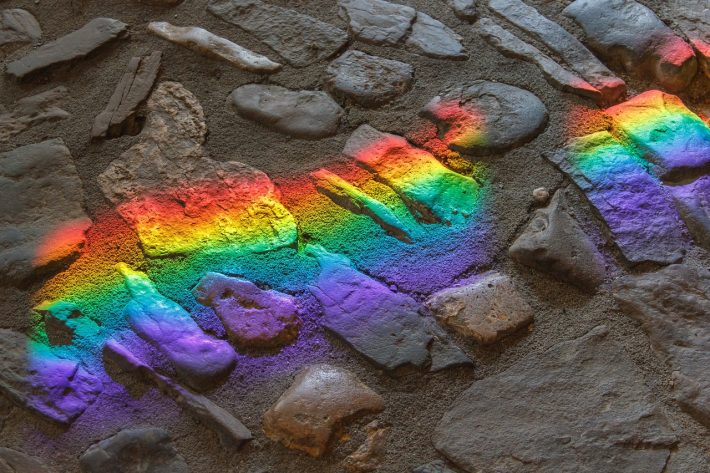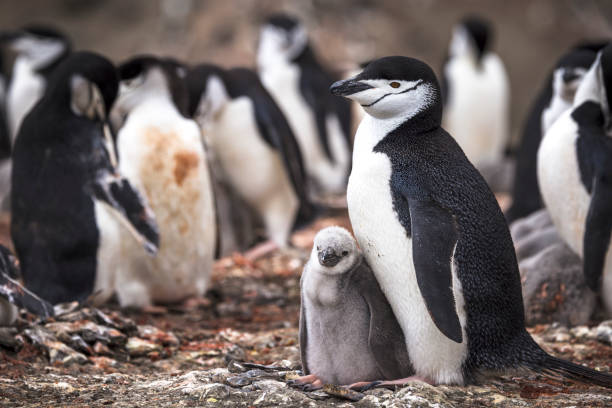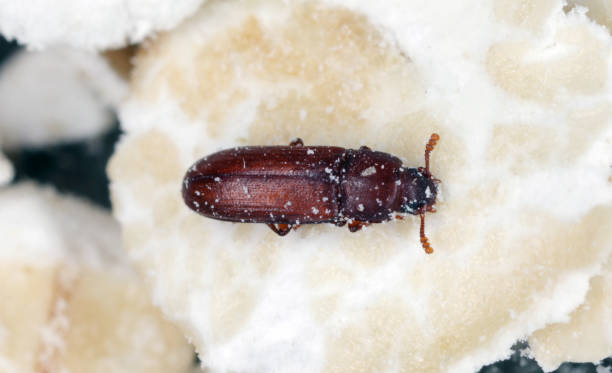Queer ecology – embracing diversity in the natural world
Bias against queer identities has been embedded in everyday life for centuries. But the concept of queer ecology allows us room to explore all types of diversity in nature.

Queer ecology is a unique blend of science and queer theory that reimagines the way we see the natural world. Canadian scholar Catriona Sandilands popularises the term in her 2010 book Queer Ecologies: Sex, Nature, Politics, Desire. Ultimately, it aims to disrupt the heteronormative ideas that have invaded our view of nature.
Heteronormativity is the idea that being queer is in some way ‘unnatural’. When heteronormativity creeps into our understanding of natural systems, it can lead to incorrect assumptions about the behaviour and evolution of those systems.

When traits and behaviours are observed in wildlife, we seek to understand them, including what drives them and what their role is in the ecological system. If activity perceived as queer is forever classed as anomalous and is discarded from findings, we cannot begin to fully understand the importance of such activity, nor the role it plays in its setting. A limited outlook on “natural” behaviours in ecology will only ever limit the strength of our understanding.
Just as we caution against any human-like interpretation of wildlife behaviour, we should recognise the heteronormative biases that may lead to the disregarding, and mis-interpretation, of facets of nature that are just as real as any other.
Over time, we have developed a bias against anyone who does not live a heterosexual life. As a result, the oppression of LGBTQIA+ identities has been normalised throughout history in all areas of life, including ecology.

The natural world evidently denies heteronormativity, providing several examples of species that engage in queer behaviour. Canadian biologist Bruce Bagemihl says in his 1999 book Biological Exuberance: Animal Homosexuality and Natural Diversity that there are over 450 species that engage in homosexual activity. Continued research has revealed over 1500 species that practice same-sex coupling.
These include the infamous Roy and Silo of Central Park Zoo. The pair of male chinstrap penguins dominated headlines for their relationship lasting over 5 years. It also includes some insect examples, such as the red flour beetle. They engage in same sex relationships simply to practice mating.
Despite this, heteronormativity continues to vastly influence scientific studies of wildlife.
How can queer ecology aid scientific research?
By approaching the idea of nature with a queer outlook, we allow ourselves to acknowledge the diversity present all around us. Embracing the reality of queerness in nature allows us to open the door to better informed scientific research.
For example, the discovery that clown fish can change their sex will help to protect them should they ever become endangered as they will always be able to reproduce. This is important to all of us, especially with the ongoing ecological crisis.
Another example are the female Laysan albatrosses establishing new colonies. They enter same sex relationships to raise and protect their chicks. The species, under threat by rising sea levels, are beginning a new colony on higher ground in Hawaii. As females are more likely to leave their birth colony than males, their commitment to same-sex partnerships is vital to their conservation. Yet, this important behaviour went undetected until 2008.

Supporting queerness can also aid scientific research at a community level. By keeping queer researchers safe during fieldwork, more people will feel welcomed into ecological careers. Keeping scientific careers diverse and accessible is crucial to ensuring continued innovation and progression in the field.
Here at the BES, we support queer ecologists through the ALDER (Advancing LGBTQIA+ Diversity, Equality & Representation) Network.
Like what we stand for?
Support our mission and help develop the next generation of ecologists by donating to the British Ecological Society.